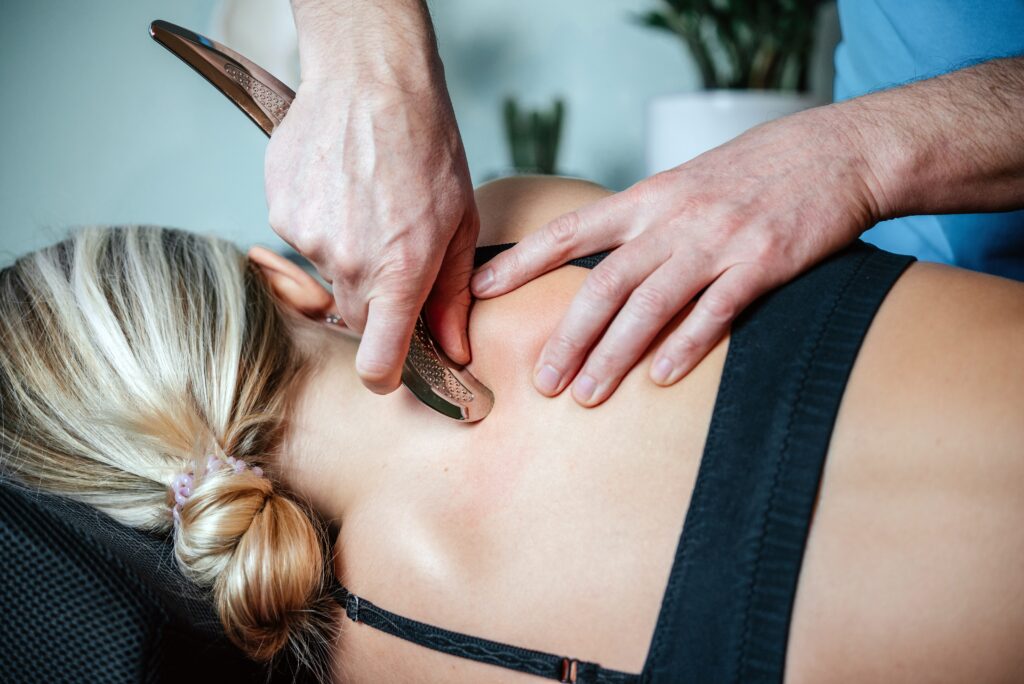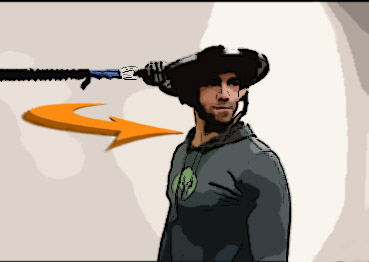Dr. Turner's Solution for Mechanical Neck Pain

Are you battling the persistent woes of mechanical neck pain?
You’re not alone. Research reveals that the number one reason behind this agony is poor posture. This common culprit can lead to multiple issues, including muscle tension, joint dysfunction, nerve compression, and even disc degeneration in the neck. In our digital age, it’s all too easy to be sucked into our screens leading to poor posture. A lack of awareness with prolonged sitting, working on a computer, smartphone usage, or carrying heavy loads will allow mechanical neck pain (localized neck pain that does coming from the joints and muscles of the neck that does not radiate to the upper limbs) to nestle in and persist for years.
But, fret not, for there’s hope. The Relief Lab is here to provide the solution. The best way to combat mechanical neck pain rooted in poor posture is twofold: correcting posture and strengthening the neck muscles.
Correcting posture involves fine-tuning the height and angle of your computer screen, keyboard, and chair, opting for a headset or speakerphone to spare your neck, taking regular breaks to stretch and move, supporting your head on a small pillow that cradles the neck’s natural curve, and having corrective feedback from a small mirror placed next to your screen that increases your awareness of your posture.
Research tells us that there is no one correct sitting position. However, a slumped posture without forearm support causes the most discomfort. Therefore, avoid slouching forward and constantly keep a variety of positions throughout your day.
Moreover, neck muscle strengthening exercises are beyond important. Certain exercises will target the deep muscles to stabilize the joints and allow for increased mobility while decreasing pain.
When manual therapy is combined with exercises, the short‐term pain reducing effects of manual therapy can allow a person with neck pain to have more pain-free motion and function with lasting changes.
Dr. Turner’s expert guidance at the Relief Lab can help you customize an exercise regimen that suits your needs, whether with or without resistance, ensuring your journey to relief. Multiple studies related to neck strengthening as a treatment for mechanical neck pain indicate that neck muscle strengthening exercises can be an essential component of a comprehensive treatment plan. These exercises not only help alleviate pain but also contribute to better functional outcomes for individuals suffering from mechanical neck pain. However, it’s essential that these exercises are guided by healthcare professionals to maximize their effectiveness in managing mechanical neck pain.

In addition to posture correction and neck exercises, there are other treatments that may offer respite from mechanical neck pain. Manual therapy, administered by skilled therapists, includes neck manipulation (adjustments) and mobilization. Heat/cold therapy temporarily helps to relax muscles and enhance blood flow. Massage, another gentle approach, alleviates tension and enhances circulation by kneading and rubbing soft neck tissues.
Dr. Turner and the Relief Lab have your back, offering a comprehensive treatment plan that combines expertise, care, and modern solutions to address your neck pain. Say goodbye to the relentless discomfort and rediscover a pain-free, vibrant life.
References
Christensen, S. W. M., Palsson, T. S., Krebs, H. J., Graven-Nielsen, T., & Hirata, R. P. (2023). Prolonged slumped sitting causes neck pain and increased axioscapular muscle activity during a computer task in healthy participants – A randomized crossover study. Applied Ergonomics, 110, [104020]. https://doi.org/10.1016/j.apergo.2023.104020

